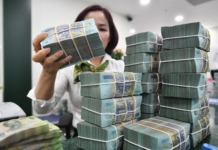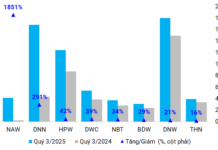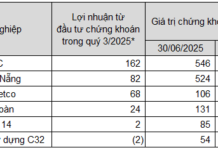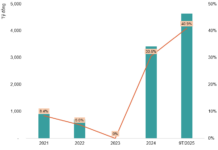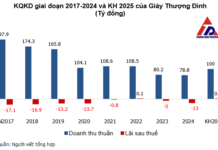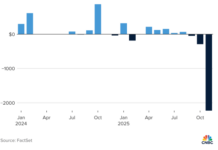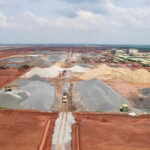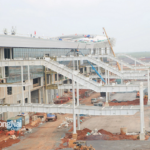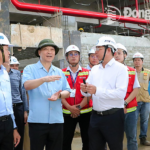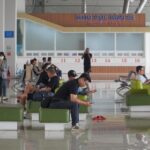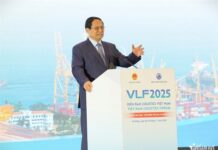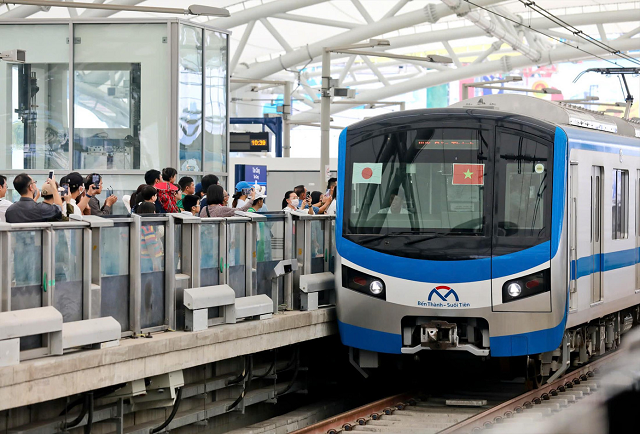
According to Báo Đồng Nai, the People’s Committee of Dong Nai Province has issued Document No. 4015/UBND-KTN, approving the consortium of Donacoop Infrastructure Investment JSC and VinaCapital Group as the investor to propose the extension of the Ben Thanh – Suoi Tien metro line to Bien Hoa City and Long Thanh International Airport under the public-private partnership (PPP) format.
This decision was made after considering the investor’s proposal and the opinion of Ho Chi Minh City’s Finance Department.
As per the research plan, the extended metro line from Ben Thanh to Suoi Tien to Bien Hoa and Long Thanh will be approximately 38.5 kilometers long and divided into three sections.
The first section, measuring 6.5 kilometers, will connect from station S0 to the new administrative center of the province in Bien Hoa Industrial Park I. The second section, stretching about 27 kilometers, will run from the new administrative center to Long Thanh International Airport. The remaining 5-kilometer segment will link the new administrative center with the central axis of Bien Hoa.
The People’s Committee has entrusted the Finance Department to receive the project dossier, with a maximum of nine months given to submit the investment proposal report from the date of approval of the investor proposal.
Previously, the Donacoop – VinaCapital consortium had sent a document to the authorities in Dong Nai, proposing the establishment of a research report on the extension of metro line 1 (Suoi Tien – Long Thanh) and the development of a smart urban model TOD (Transit-Oriented Development) along the route.
The estimated total investment capital is about VND 65,000 billion (excluding site clearance compensation costs), utilizing 100% private capital from the consortium and partners.
The consortium plans to construct and complete the project within 4-6 years from the date of site handover.
Thien Van
– 11:12 28/08/2025
A Visionary Forecast: 20 Million International Passengers Through Long Thanh Airport in Its Inaugural Year
The anticipated international passenger volume is expected to reach 20 million per year when Long Thanh International Airport’s first phase becomes operational. Thus, it is imperative to initiate the second phase of the Long Thanh International Airport project immediately after the completion of the first. This entails investing in the construction of an additional passenger terminal and a third runway to cater to the burgeoning demand.
“Embracing the Public-Private Partnership Mechanism in Land Governance: Why Not?”
Once again, land administration under the current legal framework has become a bottleneck for development. The 2024 Land Law, barely a year old, has revealed impediments necessitating amendments.









